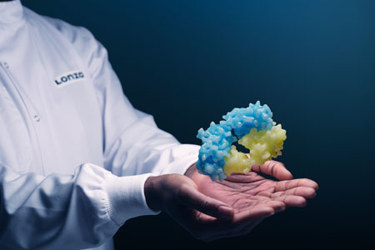A Comprehensive And Flexible Approach To CMC For Fab And Fc-Fusion Development Programs
By Nicholas Field, Principal Scientist, Purification Development and Virus Clearance, Lonza Mammalian, Stuart Jamieson, Global Technical & CMC Director, Downstream Development, Lonza Mammalian, Pedro Marques, Principal Scientist, Analytical Development & CMC Expert, Lonza Drug Product Services, and Eddy Berthier, Associate Principal Scientist, Pharmaceutical Development Group, Lonza Drug Product Services

New molecular formats are gaining momentum in today’s market. They are extremely diverse and can often encompass multiple chains and multiple domains, which presents unique challenges during process development and manufacture. Included in these more complex product types are fragment antigen-binding (Fab) and Fc-Fusion proteins. Characterizing these products and developing robust manufacturing processes can help to usher them to market and provide new treatment options for diseases which are currently challenging to treat.
To address these needs, Lonza has augmented its antibody and platform process experience with advanced toolboxes and approaches to deliver a suite of new offerings targeting these complex formats. Among these, a tailored DNA-to-IND program was designed to help overcome the challenges of Fab and Fc-Fusion development, helping clients achieve an accelerated path to IND and, ultimately, bring these products to the patients who need them.
Download the full article to learn more about how Lonza can use its expertise and powerful proven solutions to guide your program to successful IND submission.
Get unlimited access to:
Enter your credentials below to log in. Not yet a member of Bioprocess Online? Subscribe today.
